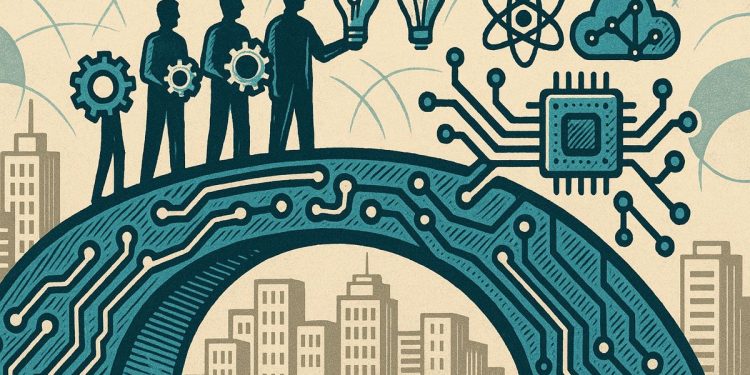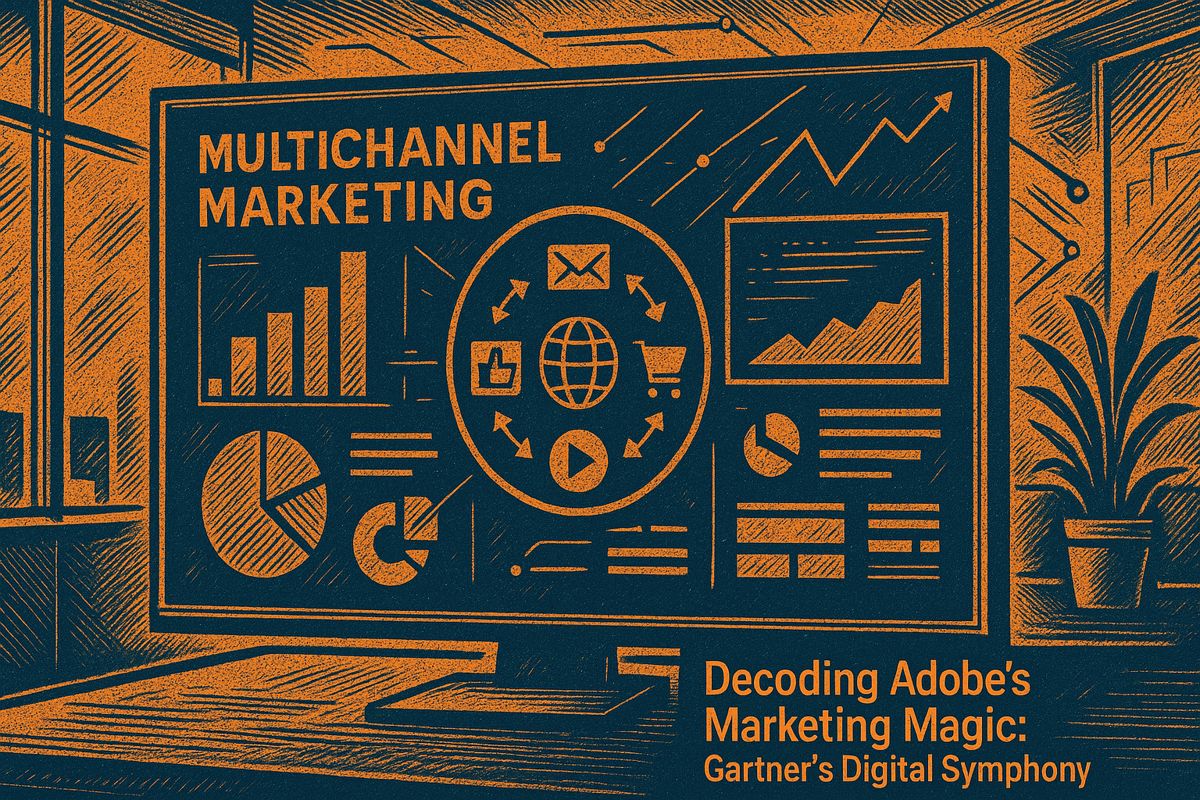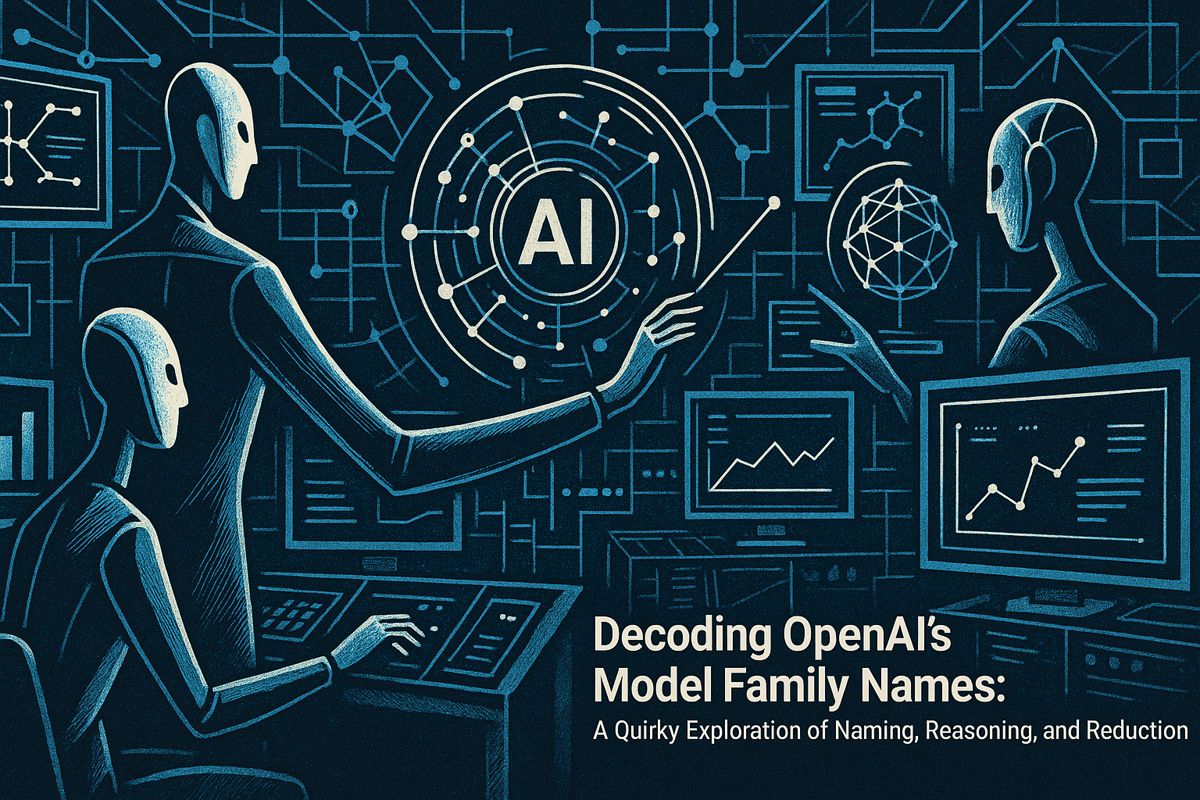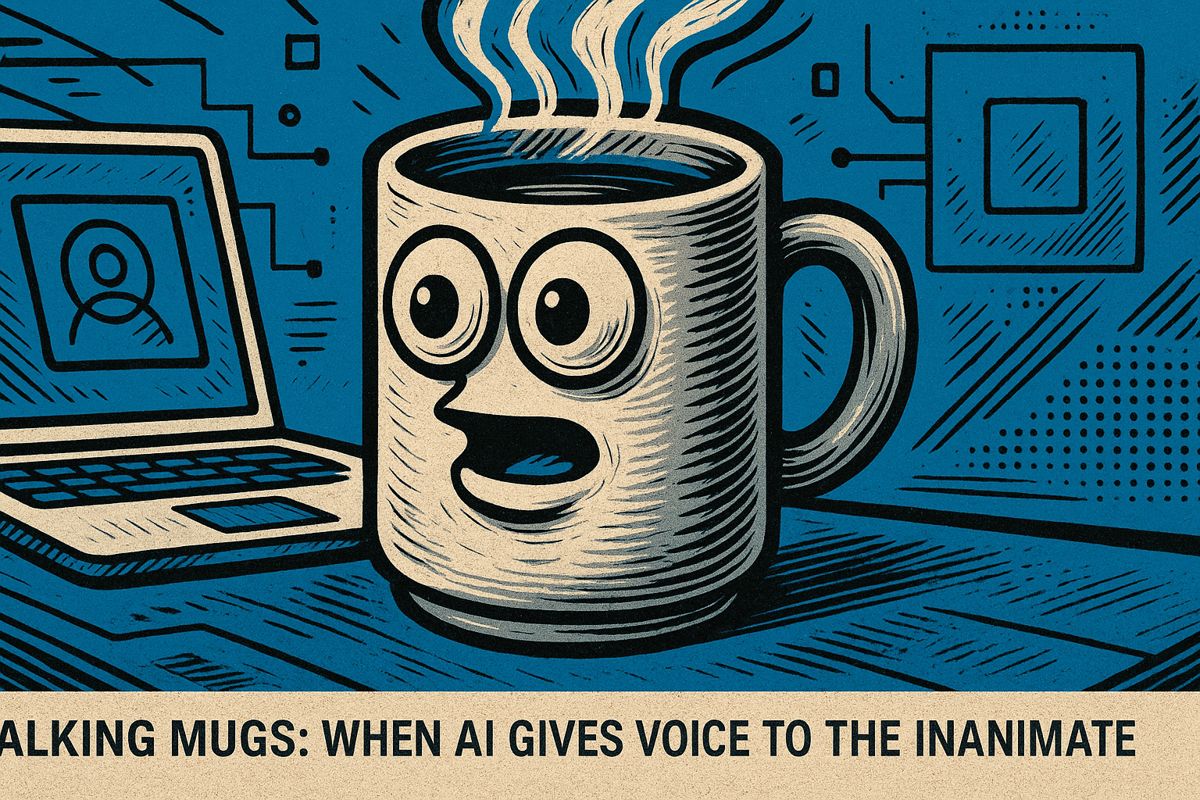Many employees already use AI at work, but few think their companies are true AI leaders. To fix this, companies should find out how staff really use AI, teach everyone basic and advanced AI skills, and run regular team challenges to solve real problems with AI. Sharing progress and rewarding the first people to learn helps everyone get involved faster. When just a small group gets good at AI, it quickly inspires the rest of the company to follow.
How can enterprises quickly achieve organization-wide AI fluency?
To bridge the AI adoption gap, enterprises should: 1) Map actual and hidden AI usage, 2) Implement a two-track AI upskilling curriculum, 3) Run monthly innovation sprints, 4) Publicly share progress and metrics, and 5) Reward early adopters to scale proficiency rapidly across teams.
- 90 % of employees already use AI at work, yet only 13 % see their company as an early adopter.
That gap – revealed by McKinsey’s latest cross-industry pulse – is the clearest sign that rapid upskilling and cultural change now matter more than technology itself*.
Below is a field-tested playbook that blends new 2025 data with proven tactics from companies that have moved from scattered pilots to enterprise-wide fluency in fewer than nine months.
1. Map the Real Usage – and the Shadows
- Start with an anonymous survey covering three questions: which tools are used, how often, and who knows.
- In 2025 surveys, 29 % of staff admit they run AI outside official channels.
- Tag every workflow that touches external generative services; this becomes the first training cohort.
| Group | Share of Workforce | Weekly AI Use | Hidden Use | Priority Training Order |
|---|---|---|---|---|
| Knowledge workers | 42 % | 27 % | 19 % | 1 |
| Front-line staff | 38 % | 9 % | 8 % | 2 |
| Leadership | 20 % | 33 % | 12 % | 3 |
2. Build a Two-Track Curriculum
- Fast-track (2 weeks):*
- Prompt engineering crash course
- Hands-on sandbox with the company’s top five repetitive tasks
-
Output quality checklists (source triage, hallucination red-flags)
-
Deep-track (6 weeks):*
- Weekly one-hour micro-projects led by internal “gardeners” – peers who have mastered one tool and coach two others
- McKinsey research shows gardeners raise safe usage 4× faster than top-down mandates.
3. Schedule Monthly Innovation Sprints
Book a half-day every month for mixed-role teams to hack a single process with AI.
Companies running this cadence report one unexpected breakthrough every third sprint (SAP, 2025 case study).
4. Close the Feedback Loop – Publicly
- Publish anonymised metrics: hours saved, new use-cases adopted, errors caught.
- Tie time savings to new learning opportunities, not extra tasks, to counter the “I’ll look slower” effect observed in McKinsey’s free-time study.
5. Reward the First 5 %, Then Scale
Give early adopters micro-badges and conference slots. When 5 % of a department achieves verified proficiency, unlock the next wave of licences and budget.
Repeat until the whole organization has cycled through – usually 3-4 quarters.
- Key Statistic to Watch*
- From 0 % to 5 % proficiency doubles the odds of reaching 25 % within a year.*
How do we close the 90 % vs. 13 % adoption gap?
Employees are already voting with their keyboards: 90 % of staff say they use AI tools at work, yet only 13 % believe their company is an early adopter. The delta is not technology – it is trust and structure. McKinsey’s latest playbook calls for a “gardener’s mindset”: seed small pilots, give teams sunlight (budget), and prune only when necessary. Early adopters that ran regular innovation sessions saw surprising breakthroughs within weeks, proving that culture beats code.
What training model actually moves the needle?
One-size-fits-all slide decks fail. Instead, best-in-class programs run role-specific sprints:
- Executives: 3-hour workshops on risk, ROI, and governance
- Knowledge workers: 6-week “Train the Trainer” cohorts that finish with a teach-back to their own teams
- Front-line staff: micro-modules embedded in existing tool rollouts
Completion rates jump from 34 % to 87 % when training is tied to an employee’s daily workflow rather than an optional LMS course.
Why do employees hide AI wins?
56 % of workers admit to concealing AI use, and 29 % under-report the time AI saves them. The fear: “If I show a 30 % productivity gain, I’ll just get 30 % more work.” Transparent time-credit policies (e.g., every hour saved = 20 minutes for self-directed learning) reverse this incentive and have been adopted by 42 % of Fortune 500s since 2024.
Is the digital divide getting worse inside companies?
Yes. While 27 % of white-collar employees use AI weekly, the figure is stuck at 9 % for production and front-line workers. The 2024–2025 Fluency Report labels this a “skills cliff”: the same organisation that rolls out Copilot for analysts often leaves warehouse scanners off the roadmap. Closing it requires:
- Tool parity – give front-line teams the same AI browser plug-ins
- Shift-based micro-learning – 5-minute voice notes delivered during breaks
- Success stories from peers, not leadership – adoption doubles when floor supervisors share wins
How soon should we expect enterprise-wide fluency?
If you start today, expect 90–120 days for the first cohort to reach “confident novice” status and another 6–9 months for 70 % of the workforce to integrate AI into weekly tasks. The curve accelerates after the first 15 % of power users become internal evangelists – a tipping point observed in 63 % of companies that hit 50+ AI use cases.



















